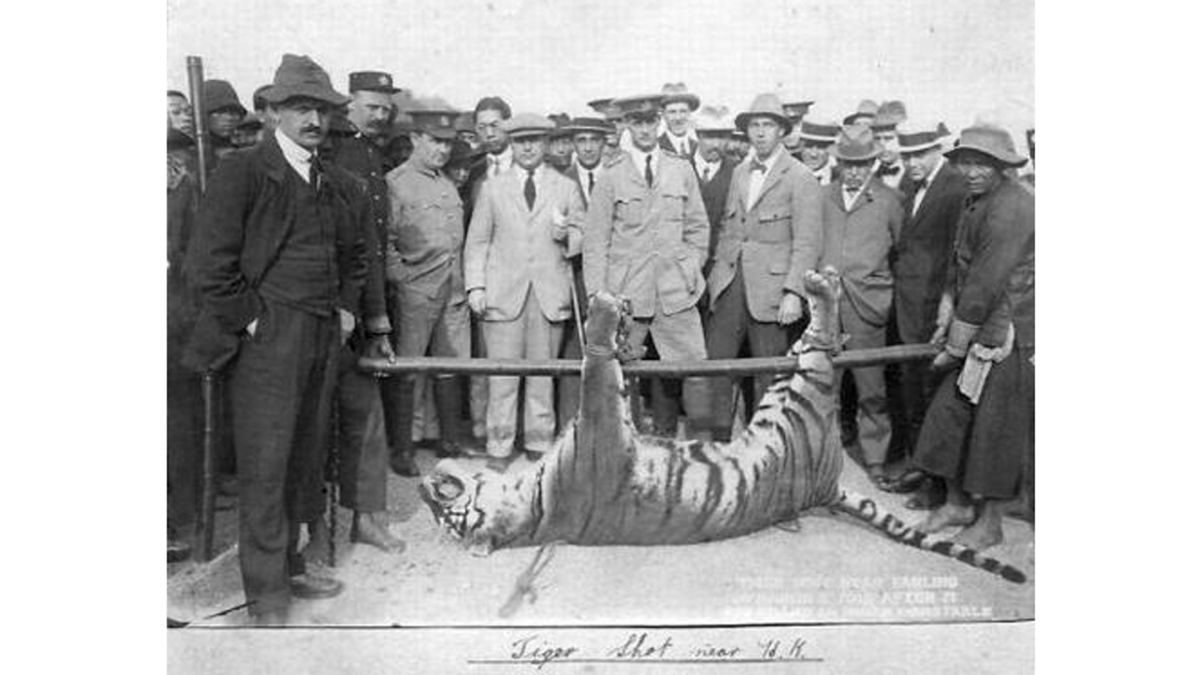
Tiger nostalgia has led some to consider bringing them back, but the tiger remains a symbol with more importance as a cultural idea than a living animal.


The tiger's disappearance encouraged a feeling of closeness and affinity for the animal rather than diminishing their symbolic importance. Kenneth Douglas Stewart Anderson (8 March 1910 30 August 1974) was an Indian-born, British writer and hunter who wrote books about his adventures in the. But even in their absence, tigers' cultural mystique continued. Traditional attitudes toward wild tigers changed little, however, as continued hunting and habitat destruction led to their disappearance by the mid-twentieth century. During the period of Japanese colonial rule over Korea (1910–45), nationalists reimagined tigers as symbols of resistance to imperial rule. Find a huge variety of new & used Tiger hunting books online including bestsellers & rare titles at the best prices. Human population growth, agricultural expansion, and overhunting placed significant pressure on them by the late nineteenth century. Various Korean dynasties, most significantly the Chosŏn (1392–1910), pursued wild tigers as threats and as sources of valuable fur. Yet violence characterized most actual encounters between tigers and humans.

Premodern Koreans gave various cultural meanings to the tiger-including trickster, divine messenger, and protector. Historically, people in Korea have valued tigers more as symbols than actual living beings. Summary: Set in the 1970s, The Tiger Hunter is the story of Sami Malik, a young Indian who travels to America to become an engineer in order to impress his.


 0 kommentar(er)
0 kommentar(er)
